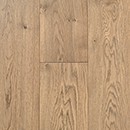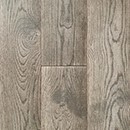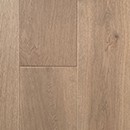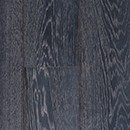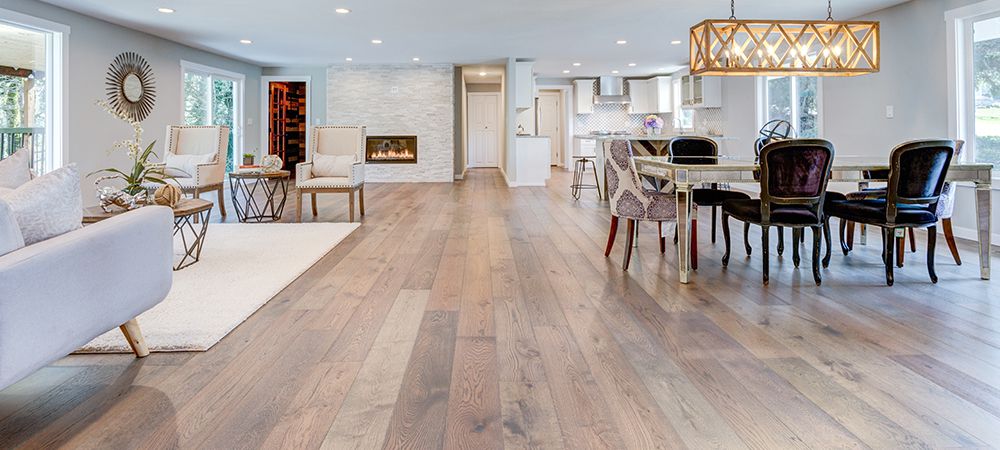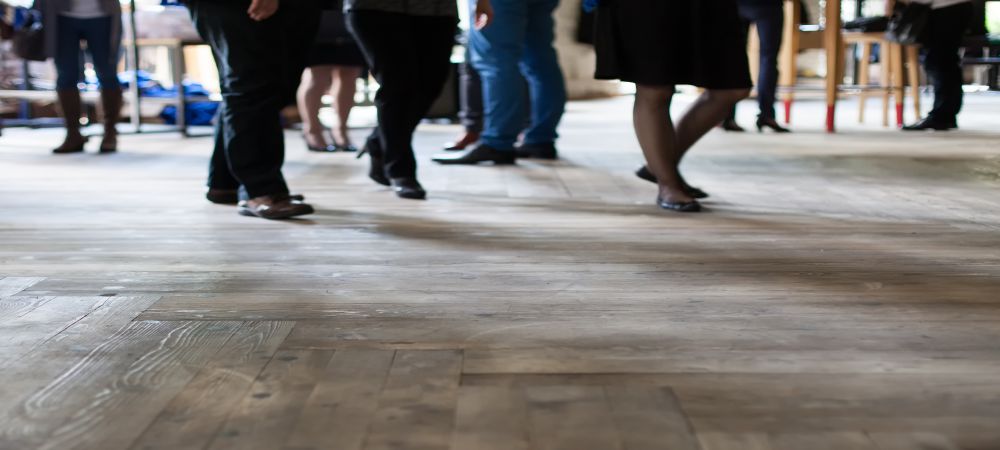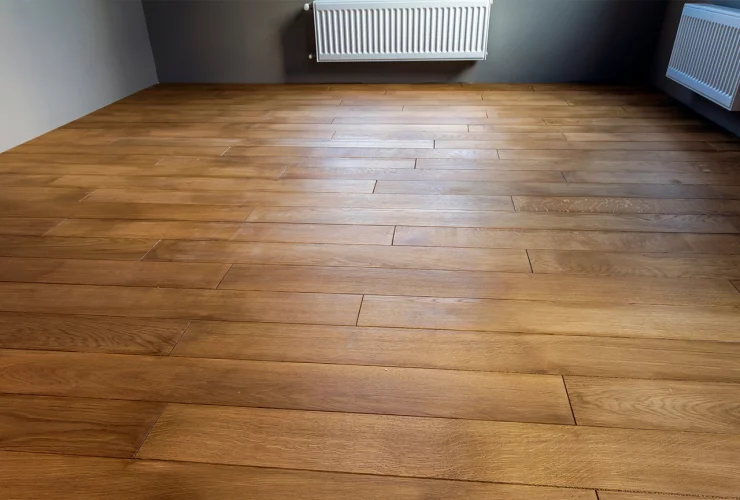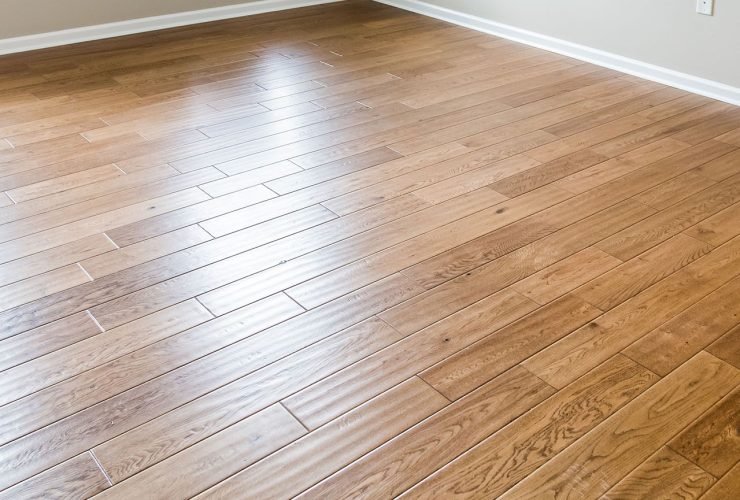What is the Best Type of Engineered Hardwood Flooring?
Flooring is a significant investment for any house. Installing one that can last a long time with a need for only minimal maintenance is vital for people who wish to reap some savings on any investment they make. Using engineered hardwood flooring is one of those types that are known for their longevity and low upkeep. With authentic engineered hardwood flooring being an excellent product as it is, people will need to find the best type that would fit their available budgets while also meeting the requirements of their house designs. This article will discuss the characteristics that will determine a type of engineered hardwood flooring. This will also help people decide which characteristics would fit their requirements.
Flooring Concerns Answered by Engineered Hardwood Flooring
Each type of flooring has been developed with specifications that make them unique from their counterparts. The differences in the types of flooring options are created to solve some issues that cannot be handled by the other types. The uniqueness with engineered hardwood flooring is very clear. Most of the concerns involved with flooring have been answered by this type of flooring option. Below are some of the common concerns that are solved by engineered hardwood flooring:
Heavy foot traffic
o This is a concern with the durability of the flooring being used. Engineered hardwood flooring is created by bonding together multiple plies of wood veneer. The top veneer, which is also called the wear layer, is made from solid wood that has been taken from a hardwood tree. Hardwood trees are known to be deciduous trees. This means that these trees grew at a slow rate. This helps make the trees denser, which is crucial in making them stronger. With regards to the hardwood topmost layer used by flooring, it is able to withstand the abuse it takes from heavy foot traffic. It takes more than foot traffic for the topmost layer to attain structural damage.
o Manufacturers use very strong adhesive to bind the multiple plies of veneer. This ensures that the force coming from heavy foot traffic will not cause the plies of veneer to disassemble. The flooring panels are kept stable for a very long period of time.
Resistance to extreme climate changes
o Wood usually has a problem with climate changes. In its natural state, wood tends to react when exposed to heat or cold air. Wood flooring panels may rise up or form gaps between each other. This happens because wood is known to expand in the presence of heat, while it shrinks when exposed to cold temperature.
o Engineered hardwood flooring panels have been designed to be effective in resisting heat and cold temperature. This is done by the adhesive, sealant, and protective coatings applied to the flooring panels. Moisture or water cannot penetrate into the pores of the hardwood veneer. The protective film created by the material applied by the manufacturer also prevents any substance from seeping into the multiple veneers of the flooring panel. This will ensure that the flooring panels will maintain their form for longer periods of time.
Defense against wear and tear
o Any type of flooring material will eventually succumb to wear and tear. The important thing is for these flooring materials to withstand external pressures as long as possible before damages start to appear.
o Engineered hardwood flooring panels will take a longer time before wear and tear start to affect them. The sealant and protective coatings added by the manufacturer help in defending the flooring panels against wear and tear.
Maintenance
o Most types of flooring materials need replacement when damages start to appear on them. This may be costly if large areas or rooms need to have their flooring panels replaced.
o There are multiple ways to repair or maintain engineered hardwood flooring panels. Wood maintenance has been provided by various products that can solve structural and cosmetic damages. Scratches may be easily repaired with some types. Sanding and the application of stains can also remove scratches on any hardwood floor. For bigger structural damage, you may use wood putty or wood fillers on the affected areas.
o Refinishing is also one of the maintenance benefits available with engineered hardwood flooring. This is done by sanding the surface of the wear layer and reapplying the sealant, stain, finishing, and protective coatings after the surface of the wear layer is smooth. Refinishing can be done multiple times depending on the thickness of the wear layer. Refinishing is done to further extend the life of hardwood floors. The life of the flooring panels may be extended up to 5 years after they have been refinished.
Factors That Determine The Type Of Engineered Hardwood Flooring Panels
Determining the type of engineered hardwood flooring that would fit your requirements is crucial, so you avoid wasting resources. There are different factors you must consider for each type of flooring material. Below are the common factors that determine the type of engineered hardwood flooring panels:
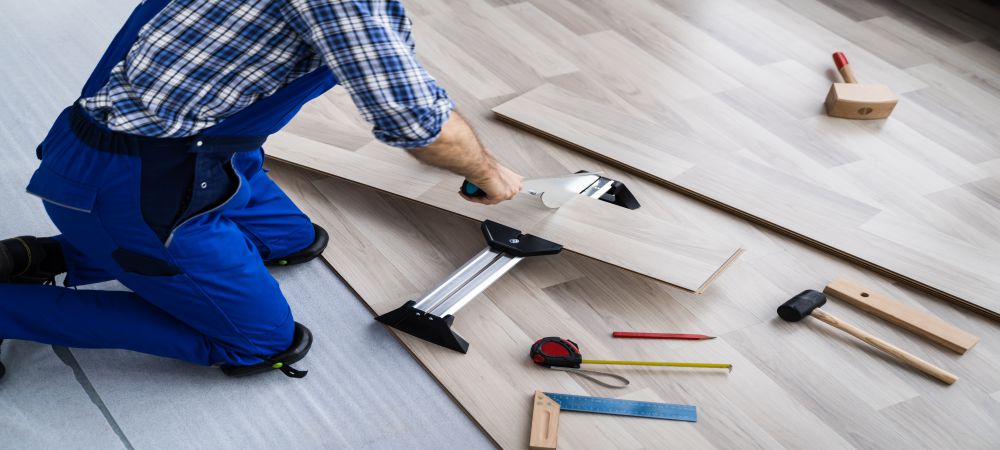 Method of installation
Method of installation
o Even if you plan to have the installation process be fulfilled by expert flooring installers, you should understand the required method of installation will be used for the specific flooring panels that you purchase. This is a way for you to ensure that the installers will be doing their jobs properly. Even though most engineered hardwood flooring panels these days are created with a tongue and groove interlocking setup, there are still those available that must be glued or nailed down instead. They follow different installation steps.
o You may inquire with the supplier or manufacturer which method of installation will be used for the flooring panels you are aiming to buy. Also, you may inform them the type of subfloor your house currently has so that they can evaluate if the chosen flooring panels is eligible to be installed on your subfloor.
Pressure used during the manufacturing process
o There are two types of engineered hardwood flooring panels based on the pressure that was applied while they were still being manufactured. High pressure engineered flooring (HPL) is one of these types. The flooring panels have been subjected to pressure and saturated with phenolic resin. This makes the flooring panels have a higher level of resistance against water, fire, and chemicals. This type of engineered hardwood flooring has a higher cost as it is able to live longer. The other type is called direct pressure engineered flooring (DHL). This type is what is commonly sold on the market. It is cheaper than HPL even though the flooring panels also went through infusion. This type is good for areas that have lower foot traffic.
Thickness of the wear layer
o The thickness of the topmost veneer helps determine the number of times you will be able to refinish your engineered hardwood flooring panels. Normally the thickness of the wear layer ranges from 3 mm to 7 mm. When refinishing, it will usually reduce by 0.5 mm as the surface gets sanded. This means that an engineered hardwood flooring panel with a 3 mm thick wear layer can be refinished around 3 times. The process can prolong the longevity of the hardwood flooring by an additional of 10 to 15 years.
Species
o Engineered hardwood flooring panels are identified by the species of hardwood used as their wear layers.
o Species of hardwood differ in hardness and aesthetics. The hardness of wood is determined by its Janka hardness rating. The rating is determined by forcing to embed a piece of steel ball halfway into a piece of wood. The higher the Janka rating means that it will take more force to cause structural damage to the piece of wood. A good example is when you are choosing between oak and maple. Both have good Janka ratings as flooring materials. However, maple has a higher rating, which means that it is better in handling constant force as compared to oak. Maple is better compared to oak when installed in areas that are exposed to heavy foot traffic. This also means a maple engineered hardwood flooring panel is more expensive than its oak counterpart.
o For the aesthetics, oak has a darker and red shade while maple has a lighter shade to it. Depending on the requirement of your house design, you may choose one over the other. If you are looking for a flooring option for your bedroom, since there is less foot traffic, it may not be cost-efficient to use maple. This may be a time where using oak engineered hardwood flooring would be the best option. Also, a darker shade gives the bedroom a more comfortable feel. Using maple that has a lighter shade may not put you in a mood to rest.
Choosing The Best Type Will Depend on Your Preference
There is really no perfect choice for any given situation. The preference of people may differ in most things. There may be people who would prefer to use lighter shades of flooring to be used in their bedrooms, while others may want to have a darker shade to make the room feel more comfortable. It is highly advised that you inquire with a reputable supplier or manufacturer before making a final decision. You should check out the actual products to see if they will fit your taste. You may inquire with Three Trees Flooring at (416) 665-2624 regarding our engineered hardwood flooring options.


